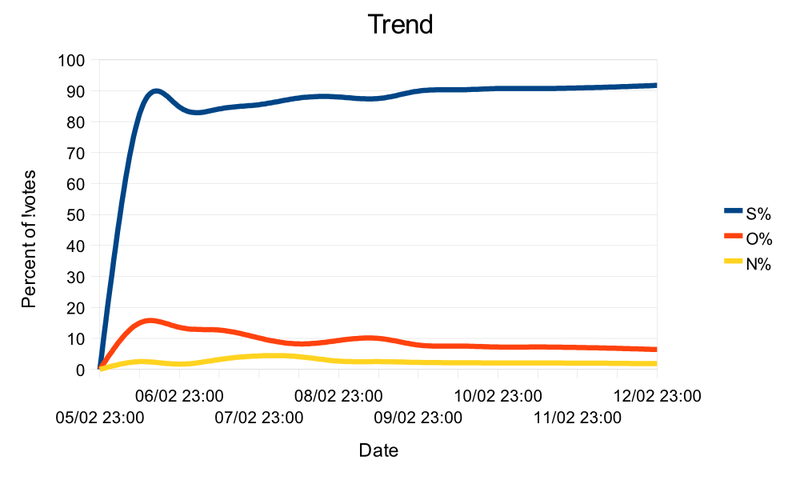Statistics is an old discipline and for decades if not centuries humans have been using it to make informed decisions about different kinds of statistical populations. With rise of data science and machine learning, statistics has got even more attention and importance in academia, governments and industry as statistics is one of key aspects of data science and machine learning. In fact, it provides theoretical backbone to a lots of scientific assumptions in data science and machine learning.
Historically, following have been few important applications of statistics:
-
Statistics is used in summarizing the larger sets of data in a form that is easily understandable.
-
Statistics is used in the efficient design of laboratory and field experiments as well as surveys.
-
Statistics is used in a sound and effective planning in any field of inquiry.
-
Statistics is used in drawing general conclusions and in making predictions of how much of a thing will happen under given conditions.
-
Statistical techniques being powerful tools for analyzing numerical data, are used in almost every branch of learning. The main areas where statistical techniques have been developed and are increasingly used are the biological and physical science, Genetics, Agronomy, Anthropometry, Physics, Geology, etc.
-
A businessman, an industrialist and a research worker all employ statistical methods in their work.
-
A modern administrator whether in public or private sector, leans on statistical data to provide a factual basis for decision.
-
A politician uses statistics advantageously to lend support and credence to his arguments while elucidating the problems he handles.
- A social scientist uses statistical methods in various areas of socio-economics life of a nation.
What is a Population in Statistics?
A population or a statistical population is a collection or set of all possible observations whether finite or infinite, relevant to some characteristics of interest. A statistical population may be real such as the heights of all college students or hypothetical such as all the possible outcomes from the toss of a coin. The number of observations in a finite population is called the size of the population. Numerical quantities describing a population are called parameters.
What is a Sample in Statistics?
A sample is a part or a subset of a population. Mostly it consists of some of the observations but it certain situations it may include the whole of the population. The number of observations included in a sample is called the size of the sample. A numerical quantity computed from a sample, is called a statistic.

